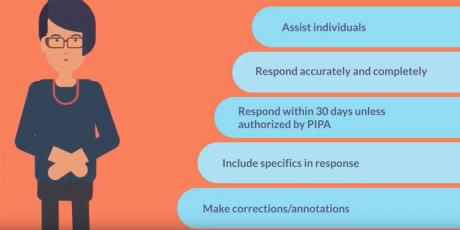Governments are entitled to sue other persons for damage caused to their property by tortious conduct.
But when the shoe is on the other foot (when the government is defendant), it used to be that governments were not liable in tort for the damage their employees or decisions caused to another, whether intentional or by negligence.
All Canadian provinces (most provincial laws are called "Crown Proceedings Act" or "Proceedings Against the Crown Act") and the federal government (the Crown Liability Act) have now rectified this anomaly by passing legislation which leaves the "Crown" liable in tort as a normal person would be. Thus, the tort liability of the government is a relatively new development in Canada, statute-based, and is not a fruit of common law.
The liability exposure of municipal governments should be examined separately in light of applicable provincial statutes such as the Ontario Municipal Act (at canlii.com/on/laws/sta/2001c.25/index.html) which may limit the liability of municipal corporations or hold would-be plaintiffs to unique and strict limitation and notice periods.
The federal and provincial statutes on Crown liability also carry several special notice requirements in which, for example, written notice of the claim must be given to the government within a certain number of days after the act from which the claim arose.
These statutes must be examined carefully and as soon as possible after the claim arose in order to prevent a cause of action from becoming extinct through the passage of time.
The government's defense of "Crown immunity" is not totally dead. A landmark decision by the Supreme Court of Canada, in Just v. British Columbia (1989 published at canlii.org/en/ca/scc/doc/1989/1989canlii16/1989canlii16.html) drew a careful distinction between the policy decisions of a public authority from it's operation decisions, leaving the Crown liable for the latter but not for the former:
"The duty of care should apply to a public authority unless there is a valid basis for its exclusion. A true policy decision undertaken by a government agency constitutes such a valid basis for exclusion. What constitutes a policy decision may vary infinitely and may be made at different levels, although usually at a high level. As a general rule, decisions concerning budgetary allotments for departments or government agencies will be classified as policy decisions."
In Canadian Tort Law (5th Edition), Justice Allen Linden summarized the Just decision by saying:
"The government must be entitled to govern free from tortious liability. It cannot be a tort for government to govern. However, when a government is supplying services, that is, doing things for its people other than governing, it should be subject to ordinary negligence principles."
The Just decision was affirmed again by the Supreme Court of Canada in 1995, in 2 separate decisions, Brown v. British Columbia and Swinamer v. Nova Scotia, confirming the liability of government agencies under regular negligence standards, where damages were caused by conduct or a decision of an "operational" nature.
Some general statements can be made:
- Policy-decisions usually, but not always, come from persons higher on the organizational chart of a government;
- Legislative, judicial or quasi-judicial decisions are clearly immune from tort liability;
- The trend of Canadian courts, according to Linden's book, is towards increased government liability, including municipal governments; and
- Before any analysis of the operational/policy conduct of the government agency, a court would first look to see if a duty of care existed between the government agency and the plaintiff.
This area of the law appears to be very much in a state of flux, caused, it would appear, by a deep philosophical chasm on the Supreme Court of Canada on the application of ordinary tort principles upon governmental agencies.
The above principles continue to reflect the views of a majority of the Court circa 1997, as written by Justice Cory in all three cases cited. Two other still-minority views continue unabated in each of the above cases, led by the late Justice Sopinka.
For a technical commentary on the dichotomy that exists on the bench of Canada's Supreme Court on this matter, readers are referred to the Supreme Court Law Review, (1995) Vol. 6: 487.
REFERENCES:
- Duhaime, Lloyd, Nuisance
- Duhaime, Lloyd, Tort & Personal Injury Law
- Duhaime, Lloyd, Tort & Personal Injury Law Dictionary
Article retrieved from Duhaime on 20191002-2257EDT.






Comments